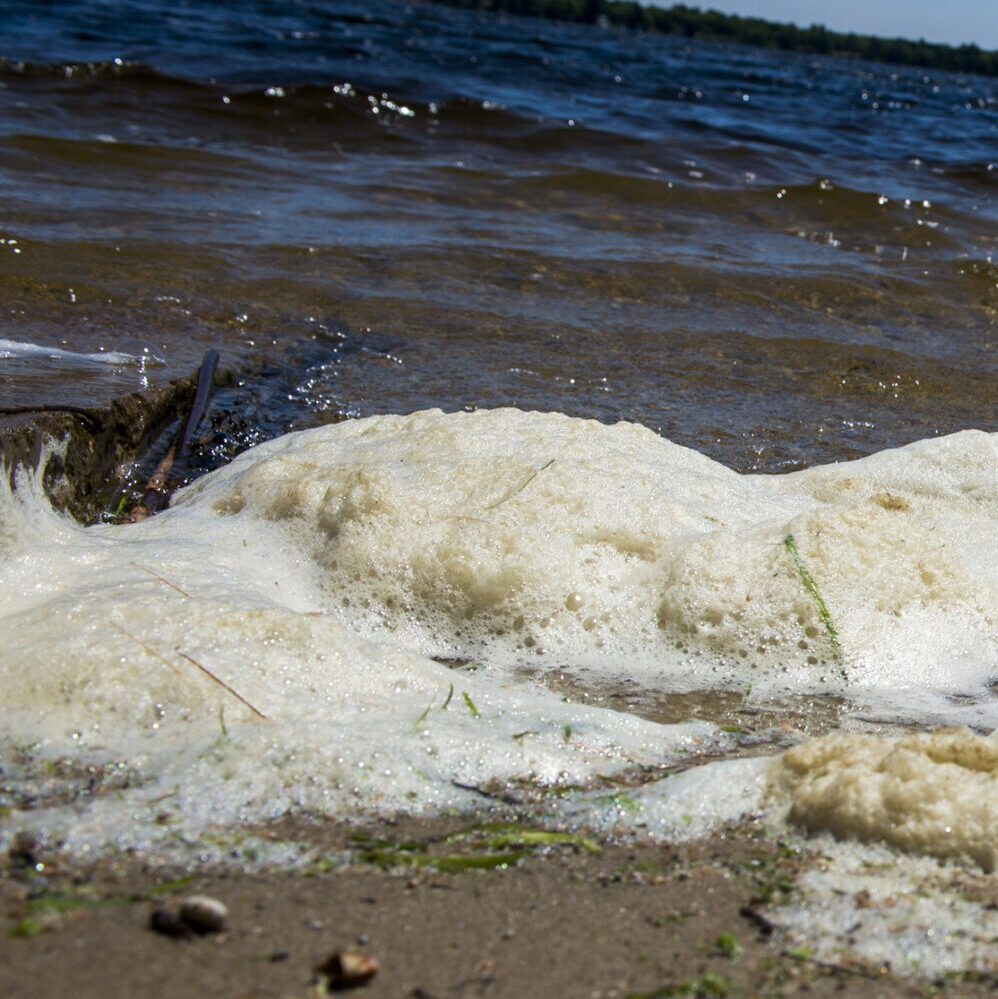Per- and Polyfluoroalkyl Substances

We are EPA approved for Per- & Polyfluoroalkyl Substances (PFAS) testing methods to monitor PFAS levels in water, food, soil, sediment, biosolids and biota samples. The analysis is performed on a highly sensitive LC-MS-MS to detect low-level contaminants while maintaining rapid turnaround times.
PFAS are a group of manufactured chemicals used in industry and consumer products since the 1940s because of their useful properties. There are thousands of PFAS, some of which have been more widely used and studied than others.
For example, perfluorooctanoic Acid (PFOA) and Perfluorooctane Sulfonate (PFOS) are two of the most widely used and studied chemicals in the PFAS group. PFOA and PFOS have been replaced in the United States with other PFAS in recent years.
One common characteristic of concern of PFAS is that many break down very slowly and can build up in people, animals, and the environment over time.
Where Can You Find PFAS Chemicals?
PFAS can be present in our water, soil, air, and food as well as in materials found in our homes or workplaces, including:
-
Drinking water – in public drinking water systems and private drinking water wells.
-
Soil and water at or near waste sites – at landfills, disposal sites, and hazardous waste sites such as those that fall under the federal Superfund and Resource Conservation and Recovery Act programs.
-
Fire extinguishing foam – in aqueous film-forming foams (or AFFFs) used to extinguish flammable liquid-based fires. Such foams are used in training and emergency response events at airports, shipyards, military bases, firefighting training facilities, chemical plants, and refineries.
-
Manufacturing or chemical production facilities that produce or use PFAS – for example at chrome plating, electronics, and certain textile and paper manufacturers.
-
Food – for example in fish caught from water contaminated by PFAS and dairy products from livestock exposed to PFAS.
-
Food packaging – for example in grease-resistant paper, fast food containers/wrappers, microwave popcorn bags, pizza boxes, and candy wrappers.
-
Household products and dust – for example in stain and water-repellent used on carpets, upholstery, clothing, and other fabrics; cleaning products; non-stick cookware; paints, varnishes, and sealants.
-
Personal care products – for example in certain shampoo, dental floss, and cosmetics.
-
Biosolids – for example fertilizer from wastewater treatment plants that is used on agricultural lands can affect ground and surface water and animals that graze on the land.



